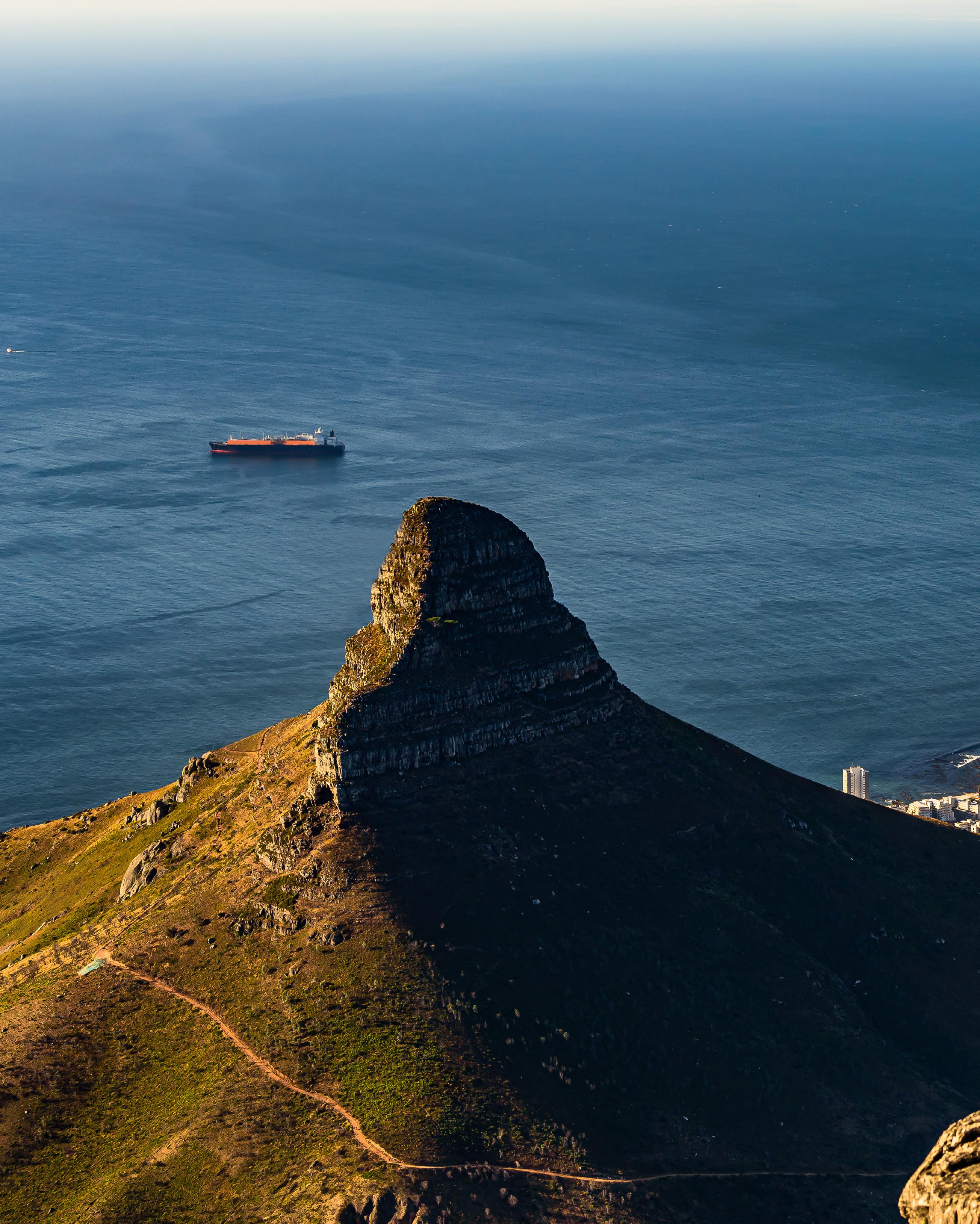
5 minute read
Heritage Month: Five-Must Visit Sites For South Africa | SAHRA Focus
By Jessie Taylor
The South African Heritage Resources Agency (SAHRA) safeguards the country’s national sites, many of which hold international recognition for their cultural, historical, or scientific significance. Among them are five destinations that every person should experience at least once in their lifetime – Robben Island, the Cradle of Humankind, Parliament in Cape Town, Mapungubwe, and the Union Buildings. Each site carries a piece of the national story and continues to inspire pride in South Africa’s place in the world.
Robben Island
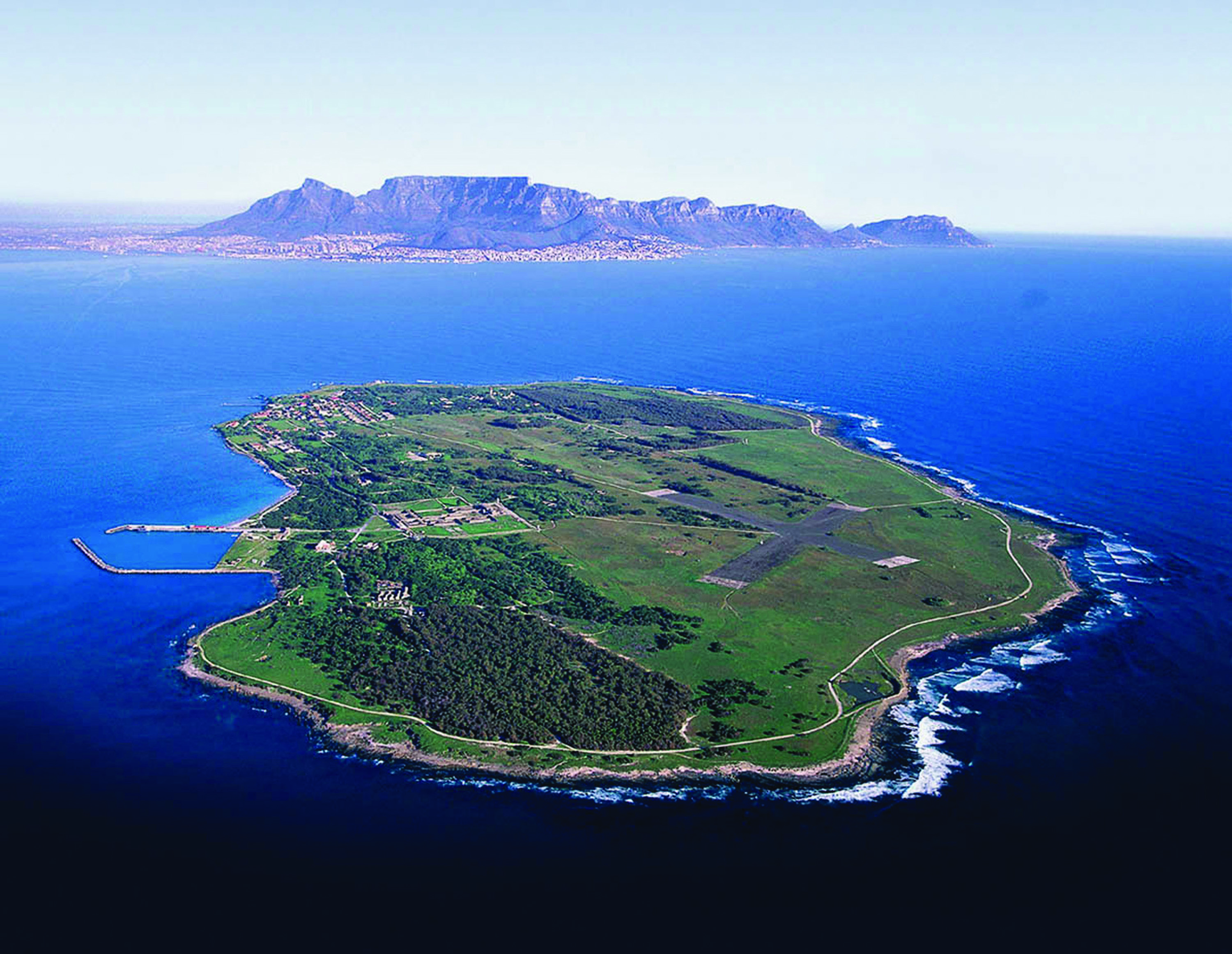
Located just off the coast of Cape Town, Robben Island is one of South Africa’s most iconic heritage sites. For centuries, it was a place of banishment – first for indigenous leaders during the colonial period, later for leprosy patients, and most famously, for political prisoners during apartheid. Nelson Mandela spent 18 of his 27 years in prison here, alongside other leaders such as Walter Sisulu, Govan Mbeki, and Robert Sobukwe.
Today, the island stands as a World Heritage Site and a museum. Visitors can walk through the prison blocks, see the stark cells, and listen to stories told by former inmates who guide many of the tours. Beyond its political history, the island also has ecological significance. It is home to a variety of bird species, including a colony of African penguins. The combination of natural beauty and historical depth makes Robben Island a unique destination that speaks to both the soul and the senses.
Cradle of Humankind
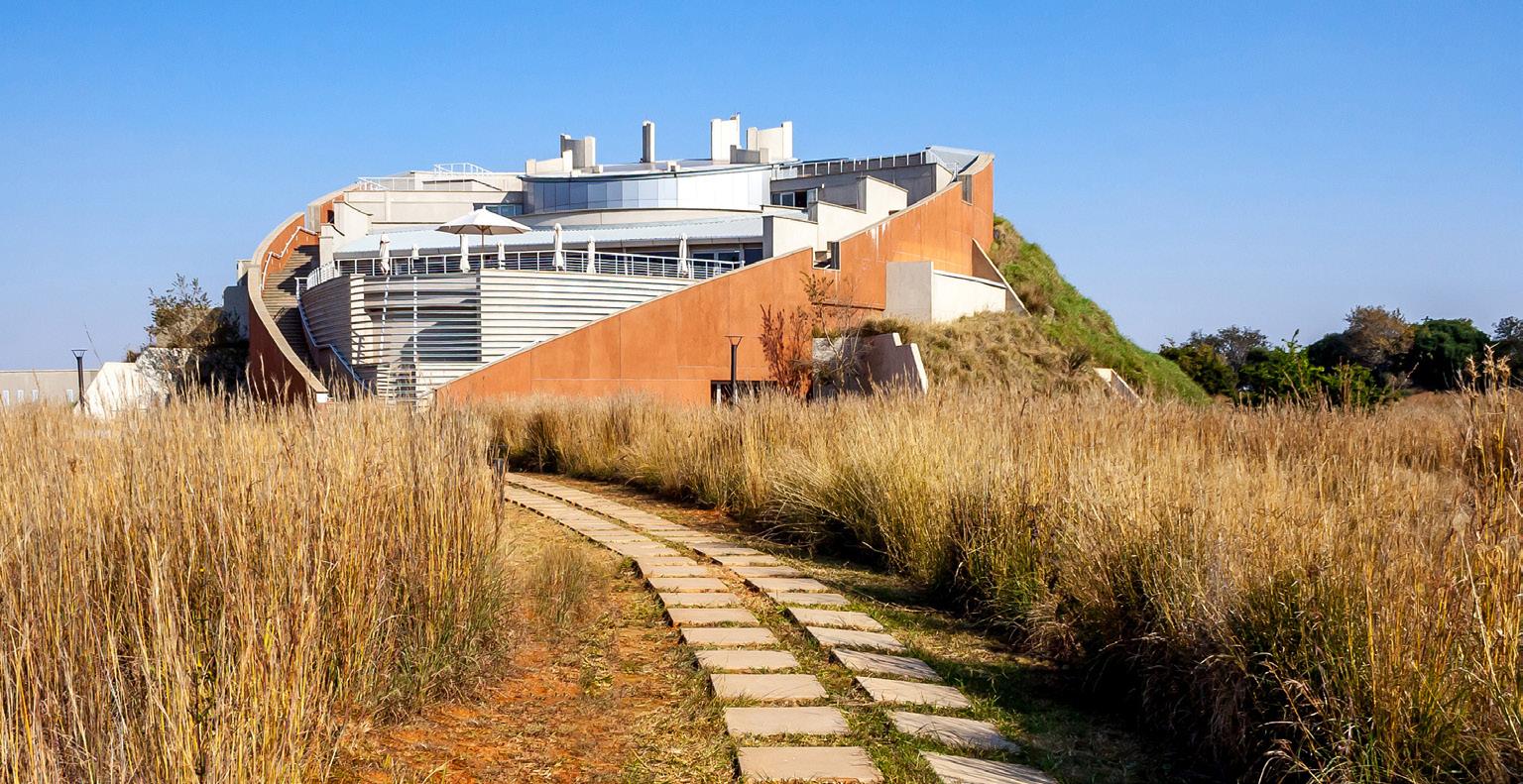
The Cradle of Humankind, located northwest of Johannesburg, is one of the world’s most important palaeontological sites. Declared a World Heritage Site by UNESCO, it is home to a network of limestone caves that have yielded fossils dating back millions of years. The discovery of Australopithecus Africanus in the 1920s and more recent finds such as Homo Naledi have provided invaluable insights into human evolution.
The Sterkfontein Caves, one of the Cradle’s most famous attractions, continue to draw scientists and tourists alike. Here, visitors can explore underground passages and learn about the meticulous work of palaeoanthropologists. At the Maropeng Visitor Centre, exhibitions bring these discoveries to life, demonstrating how the journey of humankind connects us all. Educational programmes at the Cradle also make it a hub for inspiring future generations of scientists, conservationists, and leaders. Its message is clear: South Africa’s heritage is not just national, but universal. to the speeches that heralded freedom.
Parliament of South Africa
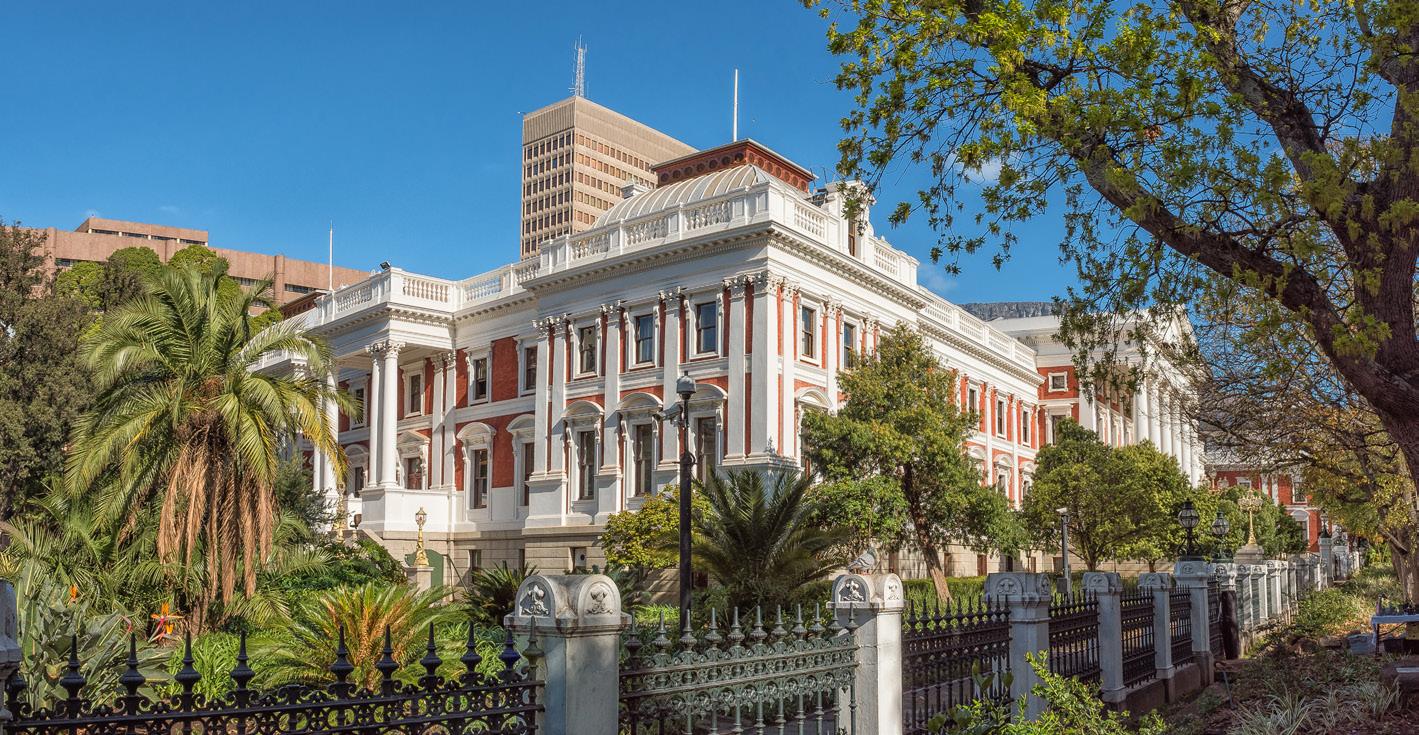
Situated in Cape Town, the Parliament of South Africa is both a working institution and a heritage landmark. Its historic buildings, dating back to the 19th century, reflect the country’s colonial architecture while housing the modern engine of democratic governance. The parliamentary precinct has witnessed defining moments in South Africa’s history – from debates that entrenched apartheid laws to the speeches that heralded freedom. Parliament is significant not only as the legislative hub of the country but also as a space that embodies democratic values.
Since 1994, it has been the stage where South Africa’s leaders shape policies, debate laws, and work towards social and economic transformation. Tours of Parliament offer visitors an opportunity to see democracy in action, while also learning about the institution’s history. Though the buildings were damaged by fire in 2022, extensive restoration work is under way to preserve their heritage and ensure Parliament continues to serve as a beacon of governance and accountability.
Maphungwe
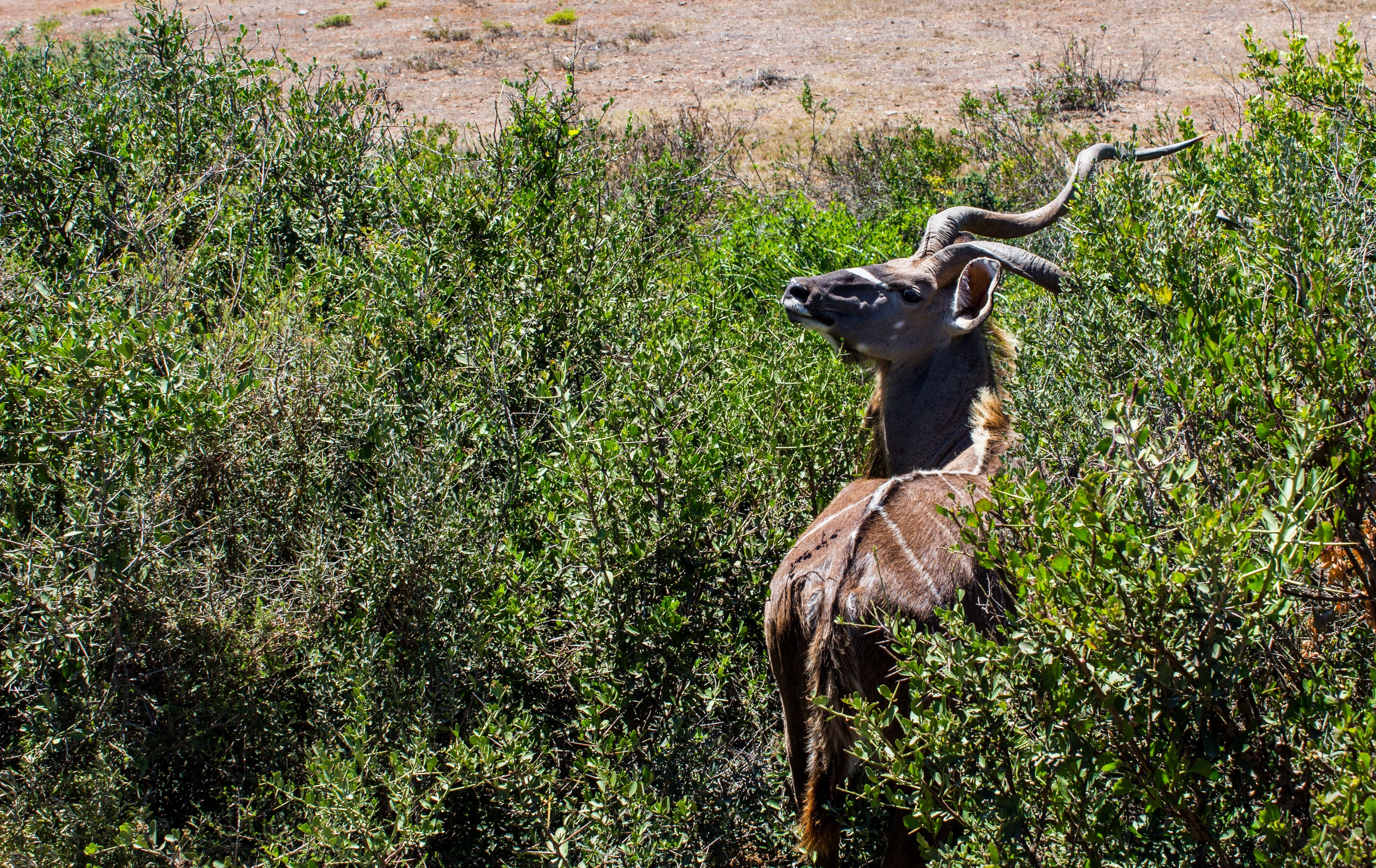
In the far north of Limpopo lies Mapungubwe, one of Africa’s most remarkable archaeological treasures. Between the 9th and 13th centuries, Mapungubwe was the centre of a thriving kingdom that engaged in trade across the Indian Ocean, linking southern Africa with Asia and beyond. Excavations at the site have unearthed evidence of sophisticated social organisation, including royal burials, glass beads, and imported ceramics.
The archaeological site offers a glimpse into the ingenuity of early African societies, challenging stereotypes that civilisation and complexity only arrived with colonialism.
Mapungubwe is also situated in a stunning natural landscape where the Limpopo and Shashe rivers meet. Visitors can explore the Mapungubwe National Park, which combines rich biodiversity with cultural heritage. The park is part of a transfrontier conservation area, promoting regional cooperation in environmental preservation.
Union Buildings
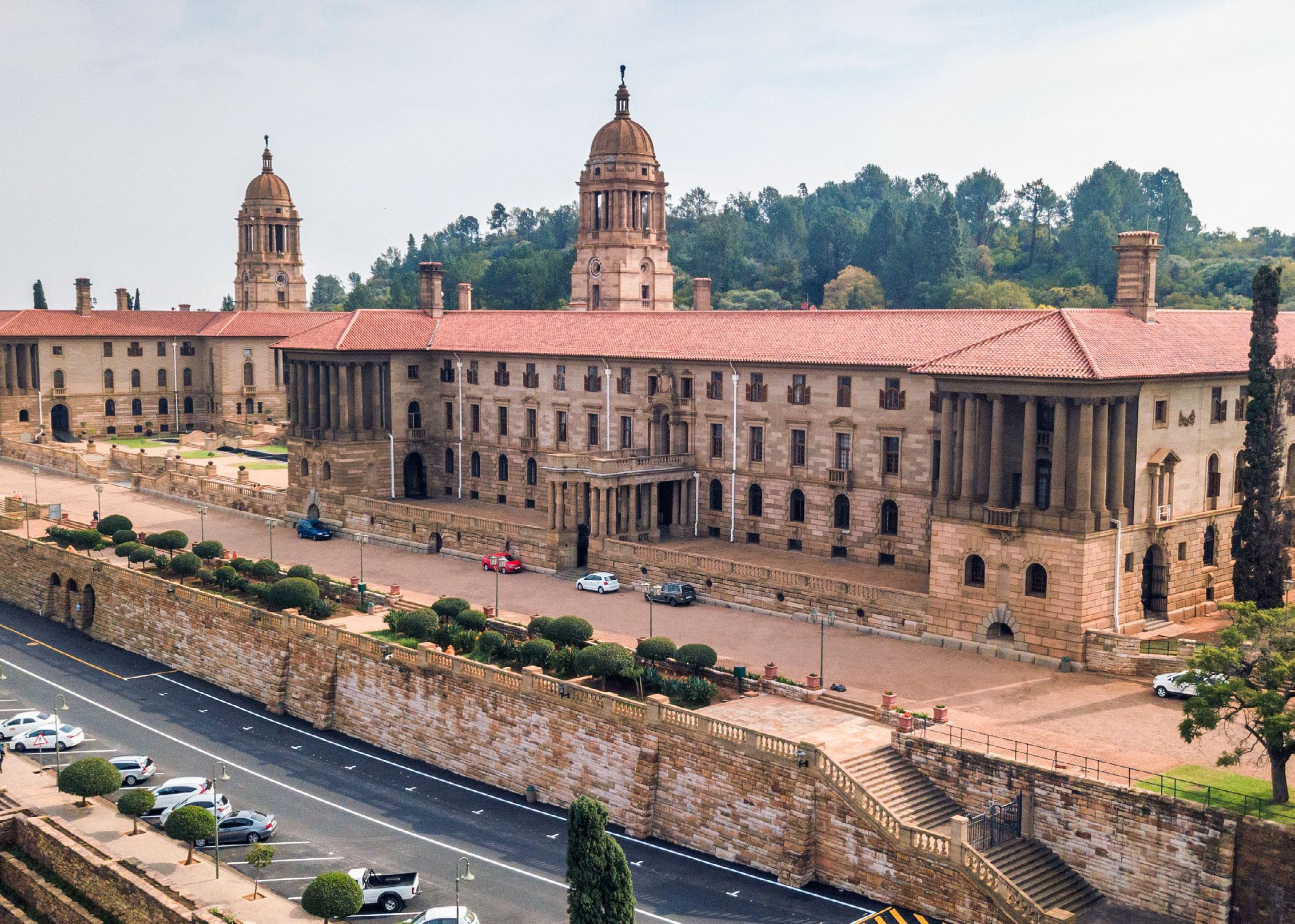
The Union Buildings in Pretoria stand as an enduring symbol of government, unity, and national pride. Designed by Sir Herbert Baker and completed in 1913, the buildings represent one of the most recognisable landmarks in South Africa. They house the offices of the President and serve as the official seat of government. The gardens offer a peaceful space for reflection and provide panoramic views of Pretoria.
The Union Buildings have been the site of many historic moments, most notably the inauguration of Nelson Mandela as South Africa’s first democratic president in 1994. The amphitheatre and terraces continue to be gathering spaces for national celebrations, protests, and public ceremonies. The towering statue of Mandela unveiled in 2013 is a fitting tribute to the spirit of reconciliation and leadership that the buildings symbolise.
Sources: South African Heritage Resources Agency (SAHRA) | UNESCO World Heritage Centre | Robben Island Museum | Maropeng and Sterkfontein Caves Visitor Centres | Parliament of South Africa | South African National Parks | The Presidency of South Africa

